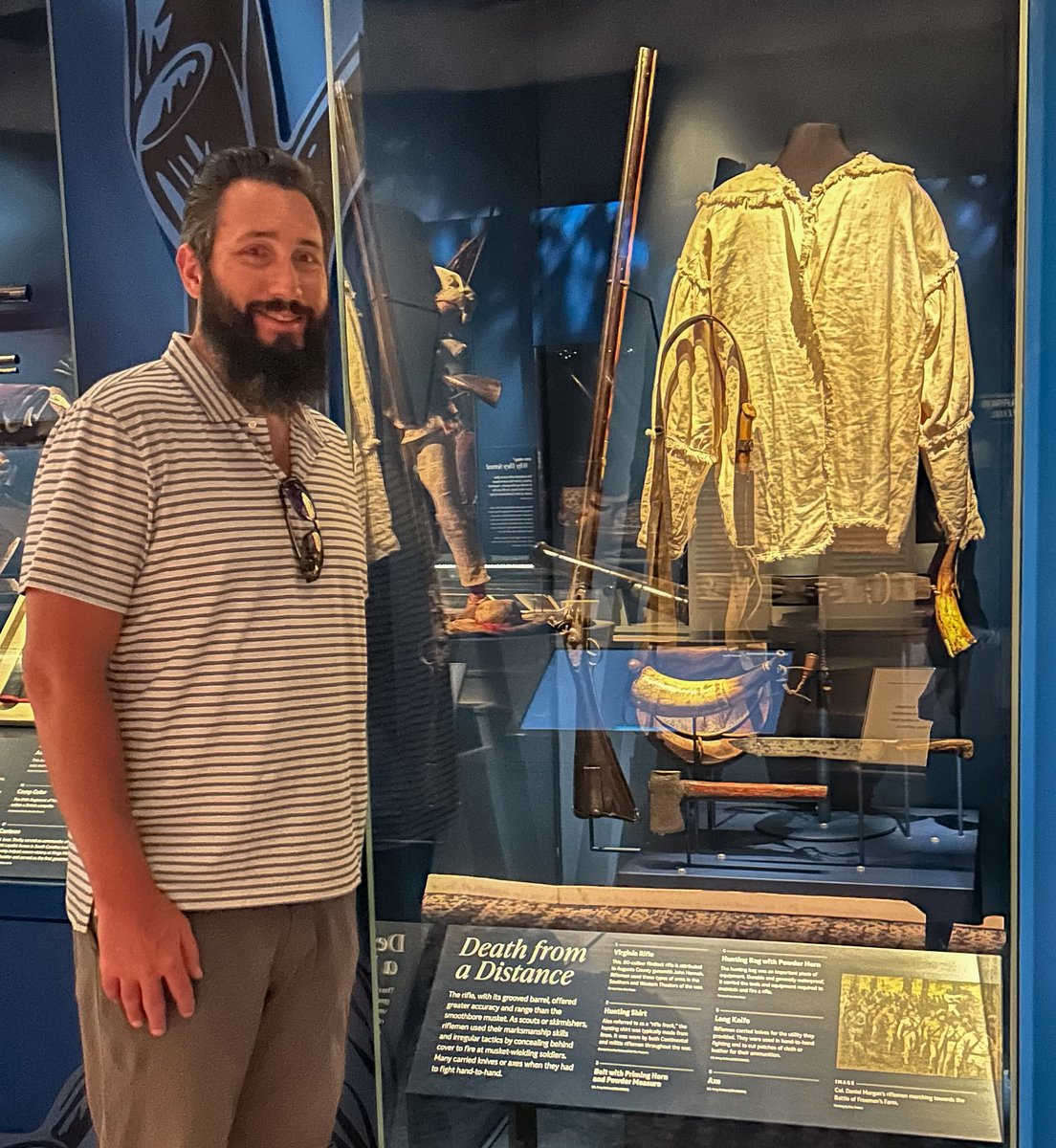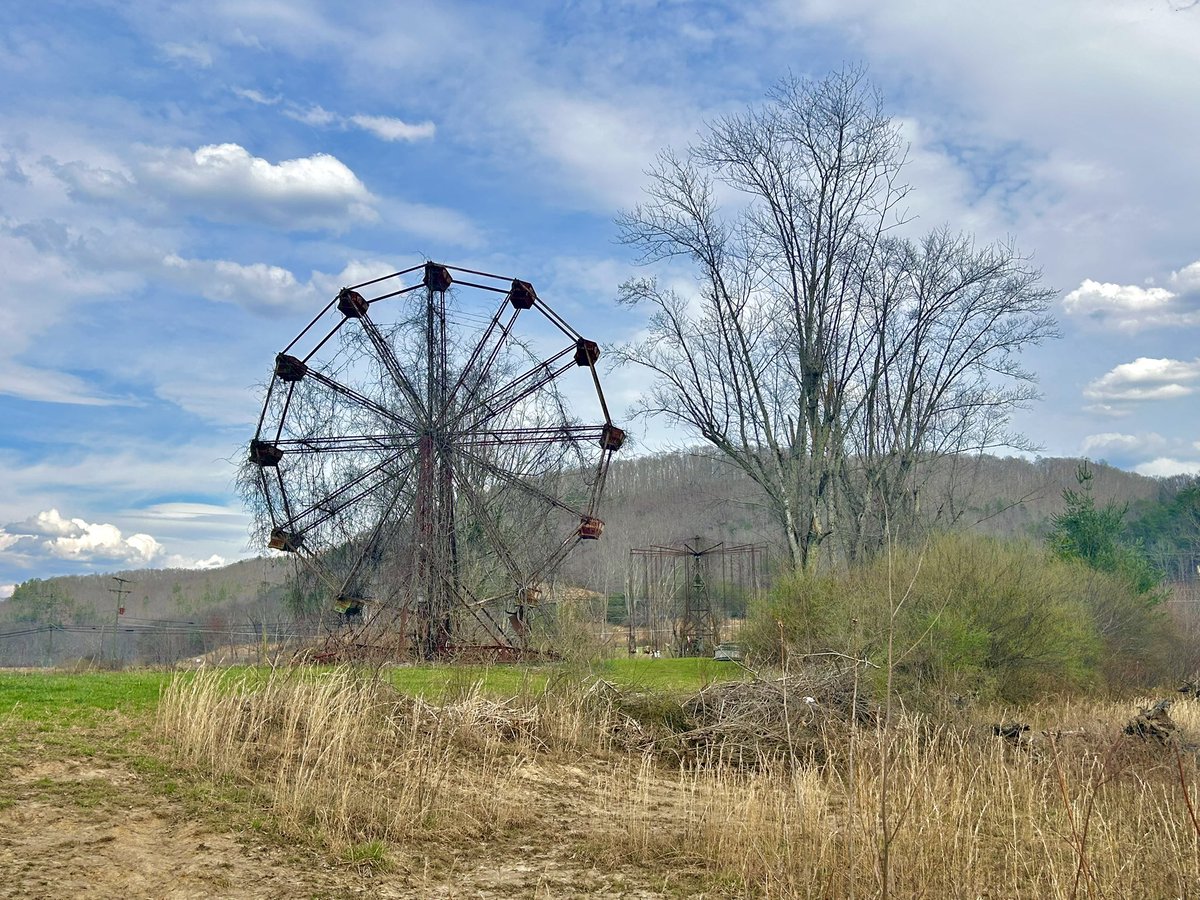I walked into a local antique shop this morning and saw this beat up antique musket sitting in this exact spot, on that table. I knew immediately this was something special, and nobody realized it. 🧵 

It may appear like a Civil War era gun, but in reality, the carved initials on the stock were most likely carved by an American soldier during the Revolutionary War. I was told it recently came out of a local home in an estate sale. 

So I bought it, and took it outside for some better pics. This is undoubtedly a mid-18th century French musket, usually known as a “Charlieville.” 

In the sunlight I was able to read the markings on the lock. “St. Etienne” is what it says, referring to one of the 3 French armories where these military muskets were produced in the 18th century. The flat shape indicates it predates the American revolution. Possibly by a lot. 

This was the standard French military musket, beginning in 1717 and continuing into the first half of the 19th century. 

While the flintlock mechanism is no longer there, that’s normal, as these were universally converted to percussion during their long working lives.
These were donated to us by the French and used by Americans during the Revolution. We didn’t develop our own musket until after the war, in 1795. Guess what it was based on? The 1795 Springfield was almost an exact copy of the Charlieville. 

This particular one was cut down at some point, made shorter, probably for customized application, perhaps use on horseback or in boats. That would be consistent with use in my area, which was frontier during the Rev War. 

The hole in the stock is from the iron spring that held the middle of the 3 original iron bands in place, which was removed to shorten the gun. 

This was done early on in the gun’s working life. For whatever reason the first band they reinstalled backwards. It’s clearly been there for a very long time. 
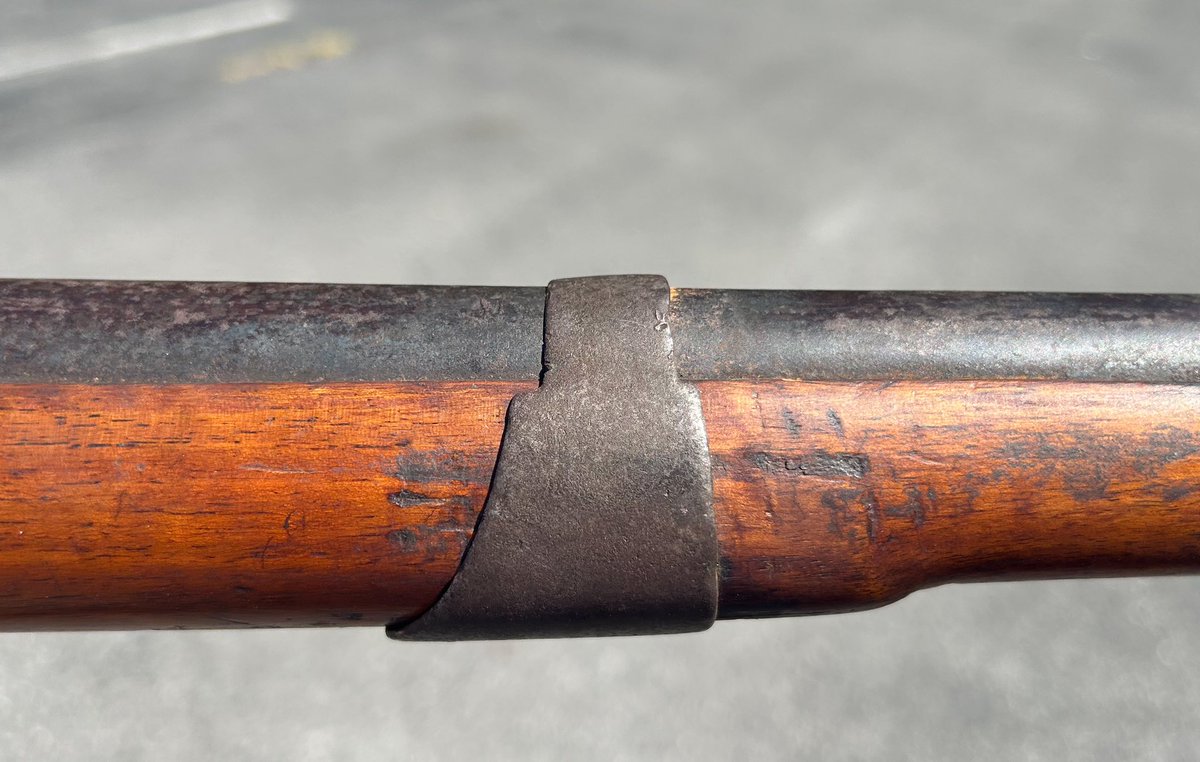
It’s common to see the carved initials on these stocks, along with other markings and carvings from the soldiers who humped them around. This one has them on both sides.




I’m no expert on French muskets, but I believe the iron hardware is all mid 18th century, and all pre American rev war.








Just look at the extent to which this thing was beat to hell. It may have been at Valley Forge, Yorktown, who knows what it saw… I bet it was kept by a local family through generations, used until obsolete, and eventually just forgotten. It gives that vibe. To me anyway…






One of my favorite guns I own is another Charleville, this one in better condition. It’s actually marked “U STATES” because troops kept stealing their issued muskets in the early days of the war. George Washington ordered thousands of them marked as federal property.







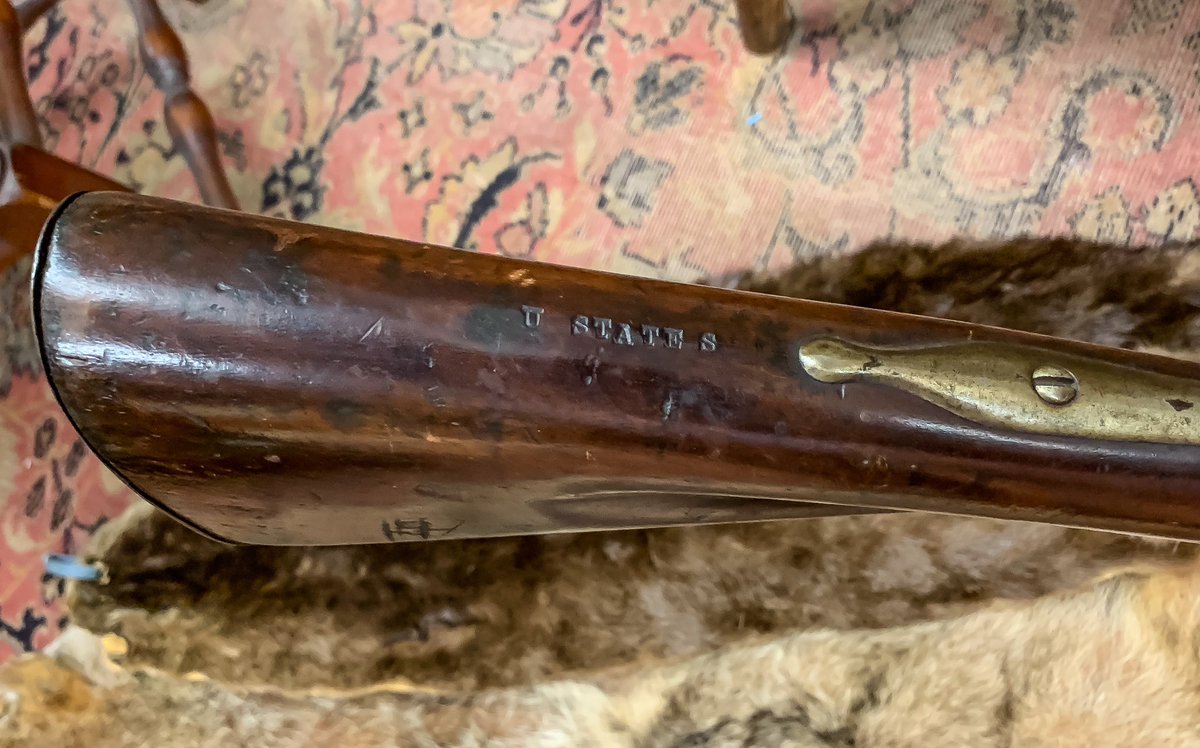
One of my other favorite guns was a colonial American stocked “Franken-gun” using mostly French iron hardware. It was at two different battles with George Washington. The hardware looks familiar, eh?







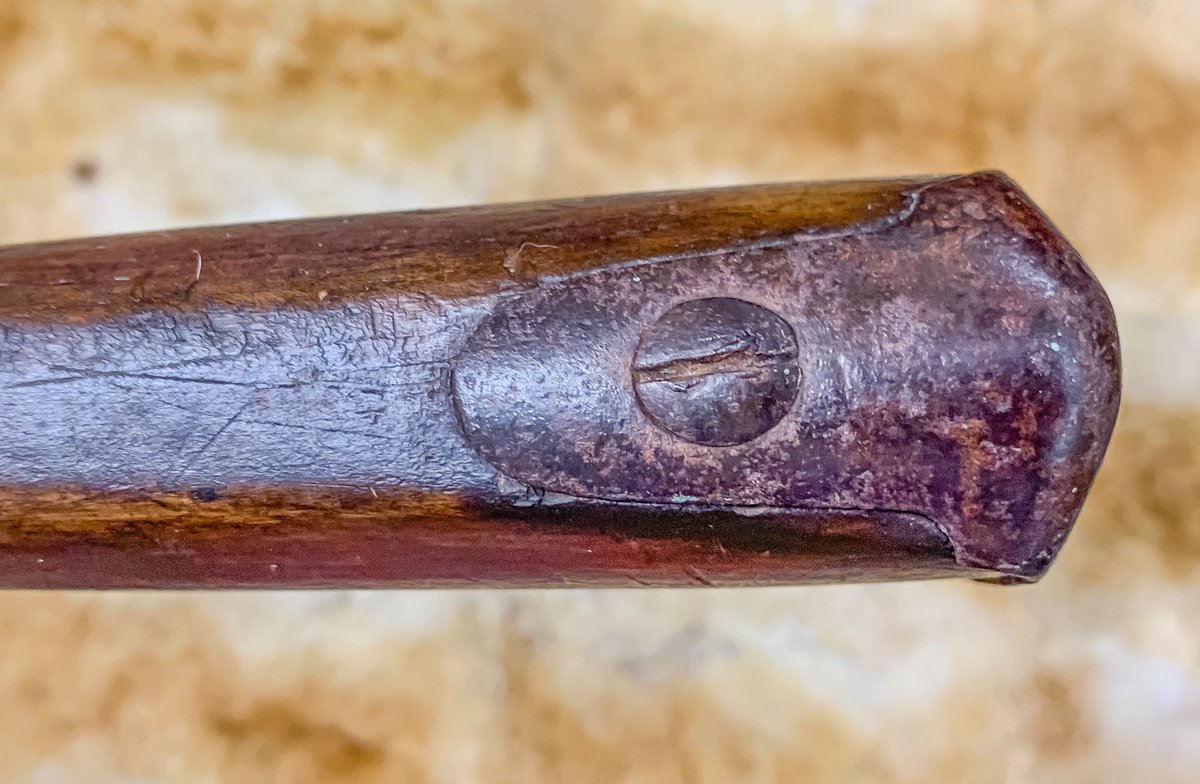
The first official shoulder arm adopted by the US Army was the model 1795 Springfield Musket. Produced at our first armory established by Congress (Springfield, MA). Patterned after the 1763 French “Charleville.” The same .69 caliber would remain standard for the next 60 years. 

This musket continues to be the ceremonial symbol of the US Army Infantry. 2 crossed 1795 muskets represent the infantry branch insignia and the branch plaque. It also remains to this day on the Expert Infantry Badge and the Combat Infantry Badge, commemorating this 1st musket.




Coincidentally I once also found a 1795 Springfield that, like this French musket it’s based on, is also cut down. It’s on the wall of my study. I’ve always figured it was customized as a canoe or horse gun for a scout or other specialized use. Possibly concealment… 

So if you see an old gun somewhere that follows this pattern, examine it and look at the lock for any markings. It could be American history. And if you don’t want it, or want to sell it, send it my way…
https://twitter.com/johnbryanesq/status/1832584036432146669
Also, check out Robert’s Antiques in Lewisburg, WV. One of the only shops I bother going to because they find cool things, like guillotines and bicycles with AK-47s. They also sold me this musket for less than I offered to pay, even after I told them what I thought it was.








• • •
Missing some Tweet in this thread? You can try to
force a refresh



